👋 Click the mic button to talk to Alfred, the Todd's Seeds Gardening/Sprouting Expert – Feel free to ask him anything!
Ask Virtual Todd Anything - Click the Mic
Are you looking to create a beautiful cutting garden in your backyard? Look no further than cutting garden seeds. These specially selected seeds are designed to produce an abundance of flowers that are perfect for cutting and arranging. With their vibrant colors and long-lasting blooms, cutting garden seeds will not only add a touch of beauty to your outdoor space but also provide you with endless bouquet options for every occasion. Say goodbye to purchasing expensive flowers from the store when you can grow your own stunning arrangements right at home. So grab your gardening gloves and get ready to plant the seeds of a blooming masterpiece!
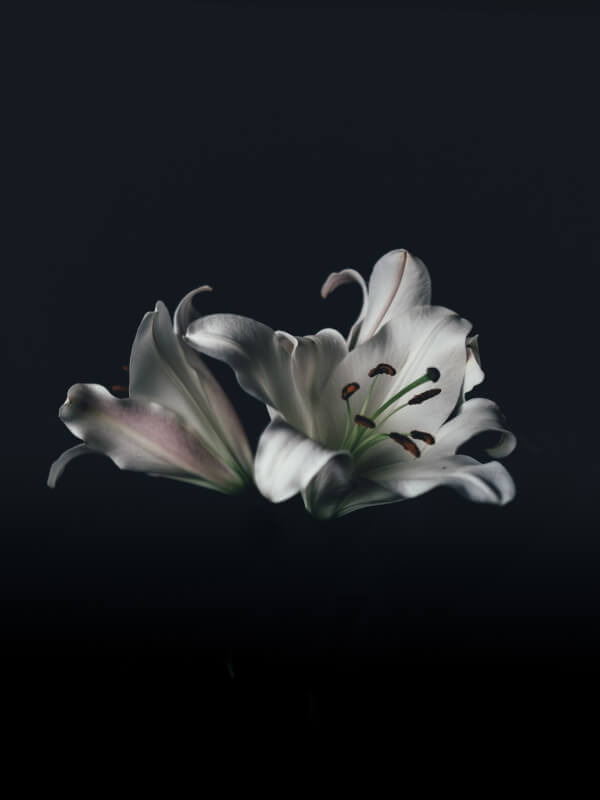
Benefits of Cutting Gardens
Continuous Blooms
One of the greatest benefits of having a cutting garden is the continuous blooms it provides. Unlike traditional flower gardens where blooms come and go throughout the season, cutting gardens are carefully planned to ensure a steady supply of fresh flowers for cutting. This means you can enjoy beautiful blooms inside your home or share them with friends and family year-round. The constant availability of fresh flowers adds a vibrant and lively touch to any space.
Cost Savings
Cutting gardens also offer significant cost savings compared to purchasing flowers from a store or florist. By growing your own flowers, you eliminate the need to pay inflated prices and can instead enjoy a wide range of blooms without breaking the bank. Additionally, you can choose to grow varieties that are not commonly available in stores, allowing you to create unique and personalized arrangements that reflect your style and taste.
Personalized Arrangements
Speaking of personalized arrangements, another advantage of cutting gardens is the freedom to create unique and customized floral displays. Rather than being limited to pre-made bouquets or arrangements, you have the freedom to mix and match different colors, textures, and scents to create stunning displays that perfectly suit your space. Whether you prefer rustic wildflower bouquets or elegant and formal arrangements, a cutting garden gives you the power to create exactly what you envision.
Choosing the Right Seeds
Annuals vs. Perennials
When selecting seeds for your cutting garden, it’s essential to consider the difference between annuals and perennials. Annuals are plants that complete their life cycle within one growing season, meaning they sprout, bloom, produce seeds, and die all in the same year. On the other hand, perennials are plants that live for multiple years, often blooming for several seasons. While annuals provide quick and abundant blooms, perennials offer long-term beauty and lower maintenance requirements. A mix of both annuals and perennials can create a cutting garden that combines immediate gratification with lasting beauty.
Variety of Flower Types
The key to a stunning cutting garden is a wide variety of flower types. By selecting seeds from different species and cultivars, you can ensure a diverse range of colors, shapes, and sizes in your garden. This variety will not only provide visual interest but also offer you the opportunity to create eye-catching arrangements with a dynamic mix of flowers. From classic roses and daisies to unique blooms like anemones and zinnias, the choices are endless when it comes to flower types for your cutting garden.
Consideration of Climate
When choosing seeds for your cutting garden, it’s crucial to consider the climate in which you live. Different flower species have different temperature and moisture requirements, so selecting seeds that are well-suited to your climate will increase your chances of successful growth. Research the hardiness zones for the plants you’re interested in and choose varieties that are known to thrive in your region. This way, you can avoid disappointment and enjoy a flourishing cutting garden that can withstand the challenges of your local climate.
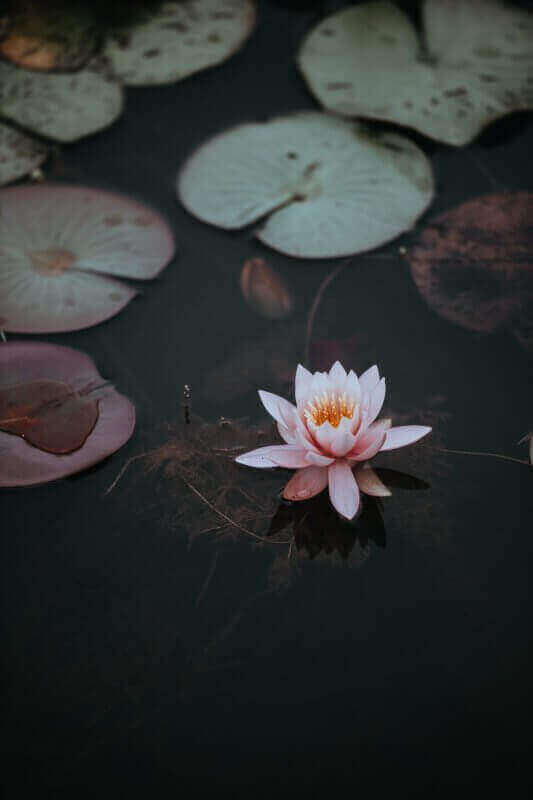
Preparing the Soil
Clearing the Area
Before you can start planting your cutting garden, it’s important to clear the area of any existing vegetation or debris. Remove any weeds, grass, or plants that may compete with your flowers for nutrients and moisture. Clearing the area also allows you to assess the condition of the soil and make any necessary amendments or improvements.
Improving Drainage
Good drainage is essential for the health and vitality of your cutting garden. If your soil tends to retain water or becomes waterlogged after rainfall, it’s crucial to improve drainage before planting. This can be done by incorporating organic matter, such as compost or well-rotted manure, into the soil. Organic matter helps loosen compacted soil, allowing water to drain freely and preventing root rot or other water-related issues.
Adding Nutrients
To ensure your cutting garden thrives, it’s important to provide it with the necessary nutrients. Adding organic fertilizers or soil amendments, such as bone meal or compost, can help enrich the soil and provide essential nutrients for healthy plant growth. Be sure to follow package instructions for proper application rates to avoid over-fertilizing, which can harm your plants.
Starting Seeds Indoors
Gathering Supplies
Before starting seeds indoors, gather all the necessary supplies. You will need seed trays or containers, seed starting mix, labels, a spray bottle, and a heat source if required. Make sure your containers have drainage holes to prevent waterlogged soil, and label each container to keep track of the different seeds you’re planting.
Sowing Seeds
Fill your seed trays or containers with seed starting mix, which provides a light and airy medium for seeds to germinate. Moisten the mix with water and then sow the seeds according to the packet instructions. Lightly press the seeds into the soil and cover them with a thin layer of additional seed starting mix. Mist the soil with water to ensure adequate moisture for germination.
Providing Optimal Conditions
To promote optimal seed germination, it’s important to provide the right conditions. Most seeds require warmth, moisture, and light to germinate successfully. Place your trays or containers in a warm location, such as near a window or on a heat mat, and cover them with a plastic dome or plastic wrap to create a greenhouse-like environment. Keep the soil consistently moist but not waterlogged, and monitor the trays daily for signs of germination.
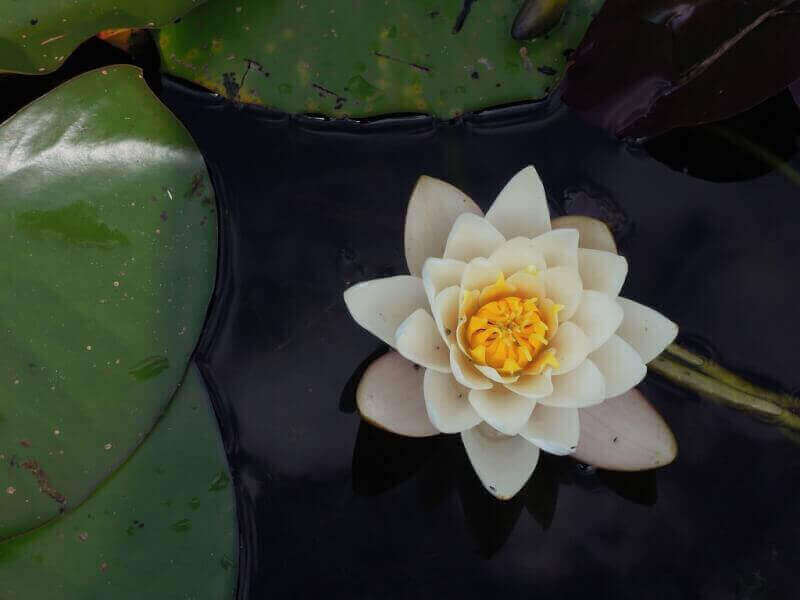
Direct Sowing in the Garden
Timing for Direct Sowing
Some flower seeds can be sown directly into the garden instead of starting them indoors. The timing for direct sowing depends on the specific flower species and your local climate. In general, it’s best to wait until after the last frost date in your area to ensure the soil has warmed up sufficiently for germination. Consult seed packets or gardening references for specific timing recommendations.
Prepping the Soil
Before direct sowing, prepare the soil by removing any weeds or debris and loosening it with a garden fork or tiller. Use a rake to level the soil surface and create a fine, crumbly texture that is ideal for seed germination. If needed, amend the soil with compost or other organic matter to improve fertility and provide a nutrient-rich environment for your seeds.
Planting for Success
When planting seeds directly in the garden, it’s important to follow proper spacing and depth guidelines. Different seeds have different requirements, so consult the seed packet for specific instructions. As a general rule, plant seeds at a depth approximately two to three times their diameter. Lightly press the soil over the seeds to ensure good soil-to-seed contact, which aids in germination. Keep the area consistently moist until the seeds have sprouted.
Transplanting Seedlings
Hardening Off
Before transplanting seedlings into the garden, it’s essential to harden them off. Hardenening off is the process of gradually acclimating tender young plants to outdoor conditions. Start by placing seedlings outdoors in a sheltered location for a few hours each day, gradually increasing the time and exposure to sunlight over a period of 7-10 days. This helps the plants adjust to temperature fluctuations, wind, and direct sunlight.
Choosing the Right Time
Choosing the right time to transplant seedlings is crucial for their success. Wait until the danger of frost has passed and the soil has warmed up before transplanting. Consult planting calendars or the advice of local gardeners to determine the ideal planting time for your specific area and plant varieties.
Transplanting Techniques
When transplanting seedlings, handle them carefully to avoid damage to their delicate roots. Dig a hole slightly larger than the root ball to accommodate the seedling, and gently tease out the roots if they are root-bound. Place the seedling in the hole, making sure it sits at the same depth as it was in its original container. Backfill the hole with soil and press gently to eliminate air pockets. Water thoroughly after transplanting to help the seedling establish in its new location.
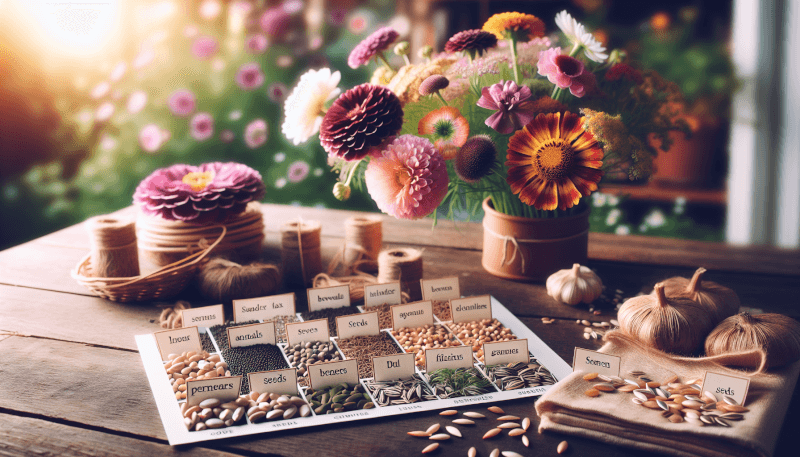
Essential Care for Cutting Gardens
Watering
Proper watering is crucial for the health and vitality of your cutting garden. Water deeply and consistently, ensuring the soil is evenly moist but not waterlogged. The specific watering requirements may vary depending on the flower species and climate, so monitor the soil moisture regularly and adjust your watering schedule accordingly. Consider using drip irrigation or soaker hoses to deliver water directly to the roots and reduce water loss through evaporation.
Fertilizing
To keep your cutting garden lush and healthy, regular fertilization is necessary. Apply a balanced, slow-release fertilizer according to the manufacturer’s instructions to provide a continuous supply of nutrients. Alternatively, you can use organic fertilizers such as compost or well-rotted manure, which enrich the soil with natural nutrients and improve overall plant health. Avoid over-fertilizing, as this can lead to excessive foliage growth and reduced flower production.
Weeding
Weeds compete with your flowers for essential nutrients, water, and sunlight. Regular weeding is necessary to keep your cutting garden weed-free and prevent weeds from taking over. Use hand tools or a hoe to remove weeds, making sure to remove the entire root system to prevent regrowth. Consider mulching your garden to suppress weed growth and conserve soil moisture.
Mulching
Mulching is an effective way to suppress weeds, conserve soil moisture, and improve the overall health of your cutting garden. Apply a layer of organic mulch, such as wood chips or straw, around your plants to help maintain soil moisture, reduce evaporation, and regulate soil temperature. Mulch also adds a neat and visually appealing finish to your garden beds.
Pruning and Deadheading
Encouraging New Growth
Pruning is an essential practice for maintaining healthy and vigorous plants in your cutting garden. By selectively removing old or damaged branches, you stimulate new growth and maintain the overall shape and size of the plant. Regular pruning also helps improve air circulation, which can reduce the risk of diseases. Consult specific pruning guidelines for each plant species to ensure proper technique and timing.
Removing Spent Blooms
Deadheading, or the removal of spent blooms, is vital for maximizing the flowering period of your plants. By removing faded or wilted flowers, you redirect the plant’s energy from seed production to further flower development. This encourages a longer blooming season and helps prolong the overall lifespan of the plant. Deadheading can be done by simply pinching off or cutting the old flowers just above a set of healthy leaves or buds.
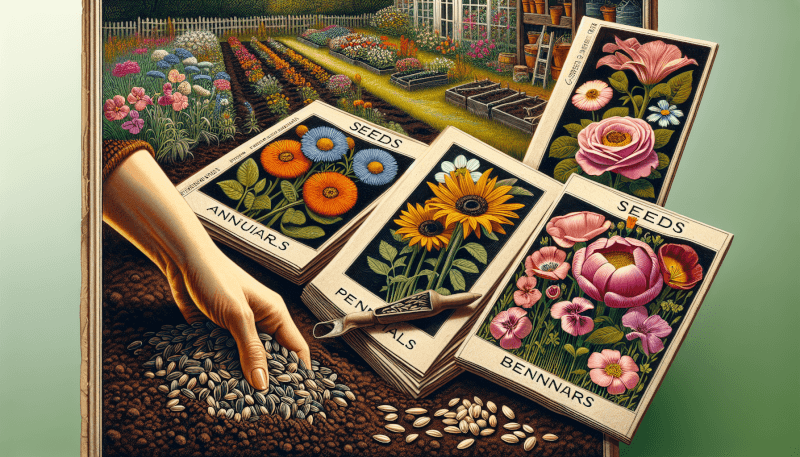
Dealing with Pests and Diseases
Identifying Common Pests
Pests can pose a threat to the health and beauty of your cutting garden. Common garden pests include aphids, slugs, snails, and spider mites. Regularly inspect your plants for signs of pests, such as distorted leaves, holes, or sticky residue. Identifying the specific pests and their life cycles will help you choose the most appropriate course of action.
Preventive Measures
Prevention is often the best defense against pests and diseases in your cutting garden. Follow good gardening practices, such as proper spacing between plants, regular cleaning and sanitizing of tools, and removal of dead or diseased plant material. Providing adequate airflow and sunlight also helps create an environment less favorable to pests and diseases.
Natural Remedies
When pests or diseases do strike your cutting garden, consider using natural remedies to address the issue. Organic insecticidal soaps, neem oil, or companion planting with pest-repellent flowers or herbs can help deter pests without using harmful chemicals. For fungal diseases, such as powdery mildew, a mixture of baking soda and water or a sulfur-based fungicide may be effective. Always follow the instructions on product labels and monitor the effectiveness of any treatments.
Harvesting and Arranging
Timing of Harvest
Knowing when to harvest your flowers is crucial for maximizing their vase life and enjoying them at their peak. Each flower variety has different optimal harvesting times, so consult the seed packet or reference materials for specific guidance. In general, harvest flowers early in the morning when they are fully hydrated and the temperature is cooler. Avoid harvesting during the heat of the day, as this can cause wilting.
Cutting Techniques
To ensure successful cutting, use clean, sharp garden shears or scissors to minimize damage to the stem and prevent the introduction of bacteria. Cut flowers at an angle just above a set of healthy leaves or buds. Remove any foliage that will be below the water line in your vase to prevent bacterial growth.
Creating Stunning Arrangements
With an abundance of fresh flowers from your cutting garden, it’s time to let your creativity shine in arranging them. Consider using a variety of heights, colors, textures, and shapes to create dynamic and eye-catching bouquets. Combine flowers of different sizes and foliage to add interest and depth. Experiment with different vase shapes and styles to showcase the unique beauty of your arrangements. Don’t be afraid to mix and match flowers, foliage, and even non-traditional materials like branches or fruits to create stunning and unexpected displays. Remember, the possibilities are endless when it comes to arranging your own cut flowers!